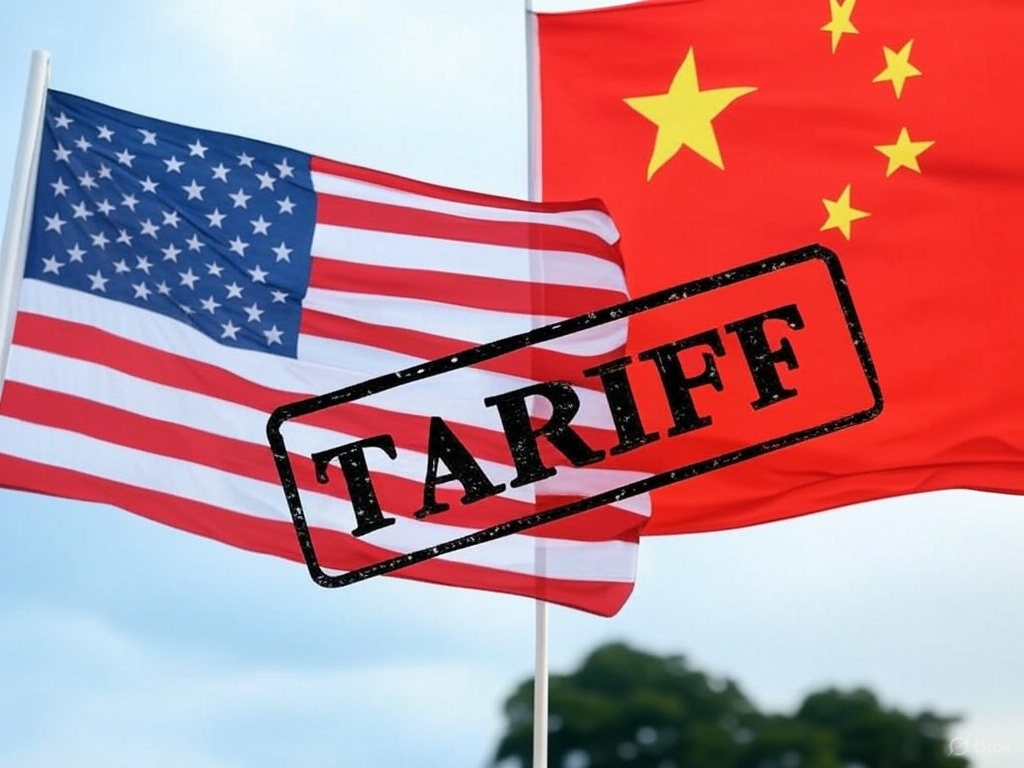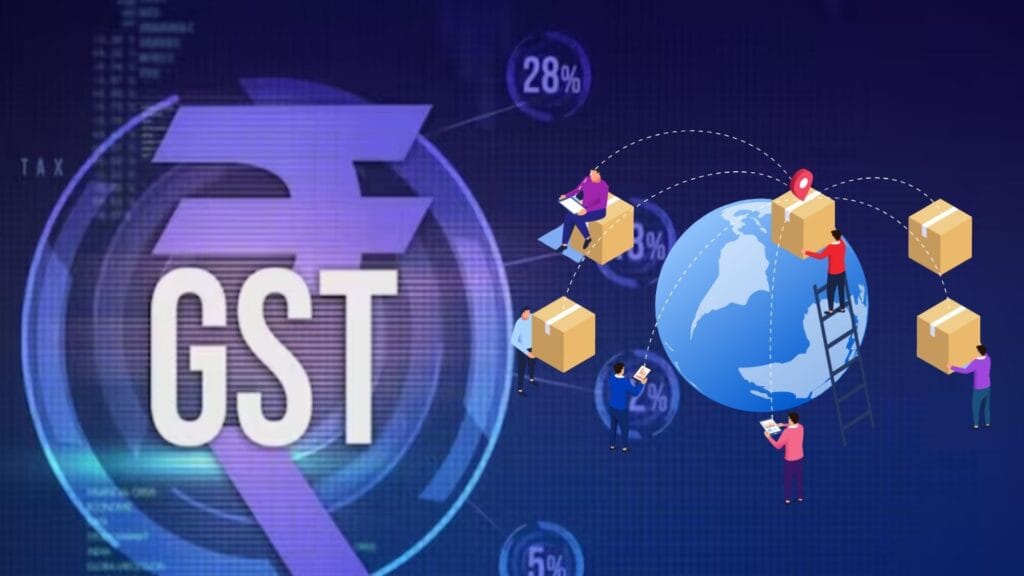Corruption broadly refers to the “abuse of public office for private gain,” encompassing petty bribery, grand corruption, and state capture. While top-level corruption in India has decreased significantly over the past decade, it remains deeply embedded, particularly within the bureaucracy that directly interacts with citizens. The widespread and persistent nature of corruption in India is a lived reality for many.
In fact, it can be argued that bureaucrats, rather than politicians, are the primary enablers of corruption. They possess detailed knowledge of administrative processes, enabling them to orchestrate corruption schemes, create illicit financial channels, and facilitate exchanges of benefits. Consequently, bureaucrats often co-opt politicians into corrupt practices, thereby embedding corruption deeper within governance structures.
Bureaucracy serves as the “hidden” facet of corruption in India. Politicians face public scrutiny and electoral consequences, but bureaucrats often remain insulated, shielded from accountability. Internal investigations into corruption allegations, typically managed by fellow bureaucrats, can be deliberately prolonged or stalled, allowing accused officials to evade repercussions by retiring or transferring before investigations conclude. This internal protective tendency perpetuates corruption within the bureaucracy itself.
Economic Costs: Growth & Inflation
Corruption adversely affects India’s economy primarily through two channels:
- Growth Channel
- Deters domestic and foreign investments by increasing uncertainty and operational costs.
- Distorts public expenditures, diverting essential resources from productive sectors such as education, health, and infrastructure, significantly impairing long-term economic growth potential.
- Erodes government’s revenue capacity due to tax evasion and inefficiencies, limiting the state’s ability to finance critical public services and infrastructure.
- Cost to Growth:
- Globally, corruption typically costs economies around 2-5% of GDP annually.
- India-specific studies conservatively estimate annual GDP losses due to corruption at around 0.5% (World Bank), although comprehensive evidence suggests real losses likely range between 1.0% – 1.5% and higher.
- This means that Indian loses approx. 20% of the annual GDP growth. Decreasing corruption could very well take India into double digit GDP growth.
- Further, empirical studies indicate reducing India’s corruption to Singapore’s level could equivalently boost FDI attraction as much as a 30-percentage-point reduction in corporate taxes.
2. Inflation Channel:
- Generates unaccounted (“black”) money, increasing aggregate demand and contributing to price inflation through demand-pull.
- Corruption-related operational inefficiencies increase business costs, leading to cost-push inflation.
- Revenue losses from corruption-related tax evasion compel the government towards deficit monetization, inflating the money supply and prices through inflationary financing.
- Cross-country studies have demonstrated a robust correlation between higher corruption levels and elevated inflation rates.
- Experts estimate that corruption could be adding 0.5% to 1.0% to India’s inflation rate, making it tougher for the average family to manage everyday costs and harder for policymakers to keep inflation under control.
The costs of corruption extend far beyond immediate economic damage, significantly weakening institutional trust, amplifying inequality, and undermining democratic governance. Effective anti-corruption strategies must include institutional strengthening, transparency reforms, regulatory simplification, digitization and public procurement improvements, and sustained political commitment.




